Wet Cement: A Mix of Concrete Poems
Wet Cement: A Mix of Concrete Poems
Written by Bob Raczka
Published by Roaring Brook Press, 2016
ISBN 978-1-62672-236-1
Grades 2 and up
Book Review
In Wet Cement, author Bob Raczka begins with a credo: “I like to think of poems as word paintings.” Indeed, the concrete poetry—also known as shape poetry—filling the pages of this brilliant collection not only paint images with what words say, but also with how those words appear on the page. What makes this anthology of concrete poems stand apart from others, though, is that Raczka also creates these paintings throughout the entire book. From the table of contents (shaped, of course, like a table) to the final verso copyright page (fashioned into one big copyright symbol), Raczka plays with shape, font, and position of text so that concrete poetry permeates the book. Even the single-word titles of each poem are themselves concrete poems, with individual letters creatively and cleverly arranged. For example, each lowercase letter i in the title “Icicle” dangles upside-down, the dots emulating water dripping from icicle tips. Meanwhile, the capital letters L and I in the title “Lightning” are tilted and connected to create a lightning bolt similar to the one formed by its accompanying poem. It’s not just all graphic enjoyment, either, as the text of the poems offer fresh, inventive perspectives of everyday objects, such as a subway described as “A CITIFIED-JUST-SLIDE-INSIDE-AND-TAKE-A-RIDE ELECTRIC MOLE.” Stark pages, devoid of additional illustration, focus readers’ attention on Raczka’s word play and paintings. A must-have gem for classroom poetry collections, Wet Cement will entertain, inspire, and captivate.
Teaching Ideas and Invitations
- Exploring concrete poetry. Students often find the reading and writing of concrete poetry to be entertaining and accessible. After reading a variety of concrete poems (see Further Explorations below for suggestions for concrete poetry anthologies), invite students to try writing their own concrete poems. As in Wet Cement, they might want to write about everyday objects and observations, or perhaps they want to decide as a small group or a class to write poems on a particular topic or theme. Take students through the writing process, reminding them that poets revise and edit their work just like any other writer. Make sure, too, that they don’t get so fixated on the shape of their poem that they forget to consider other elements of poetry: figurative language, white space, line breaks, etc. Compile the finished poems in a class anthology of concrete poems to share with others in the school and community.
- Playing with Concepts of Print. Once students have clearly mastered essential concepts of print for reading, invite them to explore how Raczka plays with those concepts, turning them upside down and around for visual effect that enhances the meaning of his poems. How does he play and experiment with spacing, letter position, reading directionality, and punctuation marks without disrupting the reader’s ability to decode and comprehend the text? Invite students to take previously written text (perhaps a photocopy of a short poem, a picture book page with text, or a sentence or short paragraph from a chapter book) and experiment with print concepts to rewrite the text. Have students then explain and reflect on their play, and display the rewritten texts in a gallery to share with others.
- Titles of Poems. Bob Raczka uses brief titles for his poems that are deceptively simple. As with any piece of writing, a good title highlights an important theme or perspective in the text (sometimes this is the main idea or topic of the piece) while also tantalizing the reader to want to read on. Raczka takes this a step further by also incorporating the graphic design of concrete poetry into his poem titles. Gather a variety of titled poems by a variety of poets. Have students read the poems, inquiring into how the title works to highlight or enhance meanings that can be constructed from the poems. Have students look over any poetry they have written over the year, creating new titles for untitled ones or revising titles. For fun, you might also provide students with copies of poems with their titles removed and then have students work to match the poems with the title that best matches it (and see if they are correct).
- Typography. Extending the previous two teaching ideas a step further, engage your students in an inquiry into typography. Share with them an assortment of printed texts that utilize typography in different ways, especially older texts that may have been published decades or centuries before they were born. Take students on a walk around the school community and use smartphones, tablets, or other means to photograph the kinds of typography they find. You might even show older students clips of the documentary Helvetica, about one of the most ubiquitous fonts used in print. Challenge students to play with typography in their own poems, especially any concrete poetry they have written. You may also want to share how illustrators play with hand-crafted and digitally-rendered type in books such as The Right Word: Roget and His Thesaurus and Flutter and Hum.
- Attending to the Peritext. Wet Cement draws attention to the kinds of secondary text that accompanies books, such as the table of contents, copyright information, end pages, and jacket flaps. With students, study the peritext of Wet Cement, as well as the peritext of other books they have recently read. What do they all have in common? What differs? What information about the book, the illustrations, and the author/illustrator does the peritext provide that isn’t apparent in the main text? What value does this information have to different readers of the book? Have students create peritext for a piece they have already written, considering the answers to the questions above.
- Text Sets: Concrete Poetry. Gather as many collections of concrete poetry as you can (see a list in Further Explorations below), and engage students in an inquiry about concrete poetry as a poetic form. Besides showcasing concrete poetry, what else do they have in common? How does each book differ from the others? What illustrations, if any, are included? What does the poet or editor of the collection say about concrete poetry, perhaps as an introduction or an afterword? After answering these questions, have students think about sorting some of the individual poems in the anthologies around different themes or features, writing essays or creating presentations to explain the text sets of individual poems they created. See our entry on Text Sets for more information.
- Bob Raczka Author Study. Bob Raczka has published several collections of poetry for children. Gather a collection of his work and biographical information, including interviews. Read through his poetry collections as a class, noting similarities and differences across the books’ formats and styles. Take a close look at his writing techniques, noting his word choices and use of figurative language. Ask your students to identify patterns in topic, theme, poetry format, and figurative language across the books. Compile a list of writing lessons and strategies gained from this author study and invite your students to try out some of the writing techniques you have discussed in their own writing.
Further Explorations
Online Resources
Bob Raczka’s website
http://www.bobraczka.com
A Brief Guide to Concrete Poetry
https://www.poets.org/poetsorg/text/brief-guide-concrete-poetry
How to Write a Concrete Poem
http://www.poetry4kids.com/blog/news/how-to-write-a-concrete-poem/
Poetry Foundation – Children’s poetry
http://www.poetryfoundation.org/children/
Academy of American Poets
http://www.poets.org
The Poetry Archive
http://www.poetryarchive.org
The Children’s Poetry Archive
Poetry Out Loud
http://www.poetryoutloud.org
Books of Poetry by Bob Raczka
Raczka, B. (2011). Guyku: A year of haiku for boys. Ill. by P. H. Reynolds. New York: Houghton Mifflin. See our previous Classroom Bookshelf entry.
Raczka, B. (2011). Lemonade and other poems squeezed from a single word. Ill. by N. Doniger. New York: Roaring Brook Press.
Raczka, B. (2015). Presidential misadventures: Poems that poke fun at the man in charge. Ill. by D. E. Burr. New York: Roaring Brook Press.
Raczka, B. (2014). Santa Clauses: Short poems from the North Pole. Ill. by C. Groenink. New York: Carolrhoda Books.
Books of Concrete Poetry
Cleary, B. P. (2014). Ode to a commode: Concrete poems. Ill. by A. Rowland. Milbrook Press.
Florian, D. (2006). Handsprings: Poems & paintings. New York: Greenwillow.
Franco, B. (2011). A dazzling display of dogs: Concrete poetry. Ill. by M. Wertz. Berkeley, CA: Tricycle Press.
Franco, B. (2015). A spectacular selection of sea critters: Concrete poems. Milbrook Picture Books.
Graham, J.B. (1999). Flicker flash: Poems. Ill. by N. Davis. Boston: Houghton Mifflin.
Graham, J.B. (1994). Splish splash: Poems. Ill. by S. Scott. Boston: Houghton Mifflin.
Grandits, J. (2007). Blue lipstick: Concrete poems. New York: Clarion Books.
Grandits, J. (2004). Technically, it’s not my fault: Concrete poems. New York: Clarion Books.
Hale, C. (2012). Dreaming up: A celebration of building. New York: Lee & Low Books. See our previous Classroom Bookshelf entry.
Janeczko, P. (2001). A poke in the I: A collection of concrete poems. Ill. by C. Raschka. Cambridge, MA: Candlewick Press.
Sidman, J. (2006). Meow ruff. Ill. by M. Berg. Boston: Houghton Mifflin.
Filed under: Poetry Picture Books
About Grace Enriquez
Grace is an associate professor of language and literacy at Lesley University. A former English Language Arts teacher, reading specialist, and literacy consultant, she teaches and writes about children’s literature, critical literacies, and literacies and embodiment. Grace is co-author of The Reading Turn-Around and co-editor of Literacies, Learning, and the Body.
ADVERTISEMENT
ADVERTISEMENT
SLJ Blog Network
2024 Books from Coretta Scott King Winners
Monster Befrienders and a Slew of Horror/Comedy: It’s a Blood City Rollers Q&A with V.P. Anderson & Tatiana Hill
Family Style: Memories of an American from Vietnam | Review
Parsing Religion in Public Schools
ADVERTISEMENT




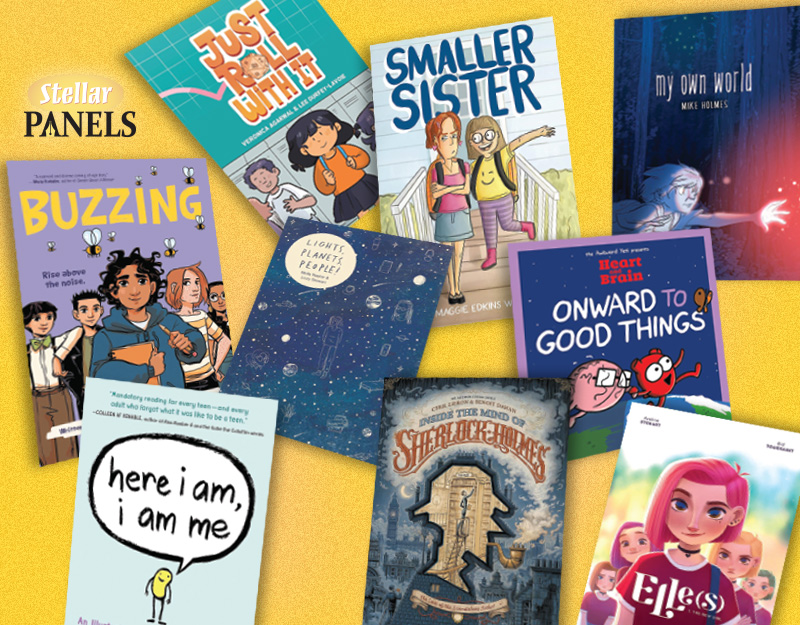
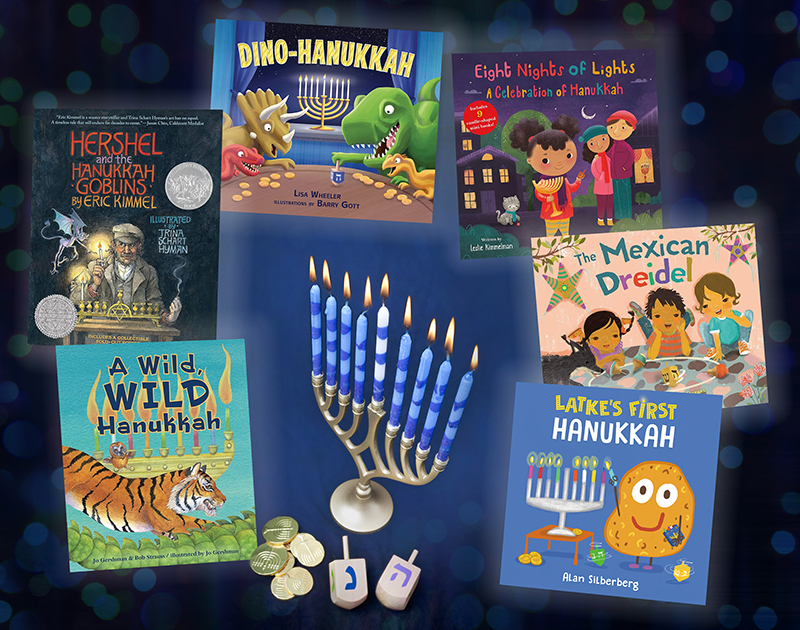
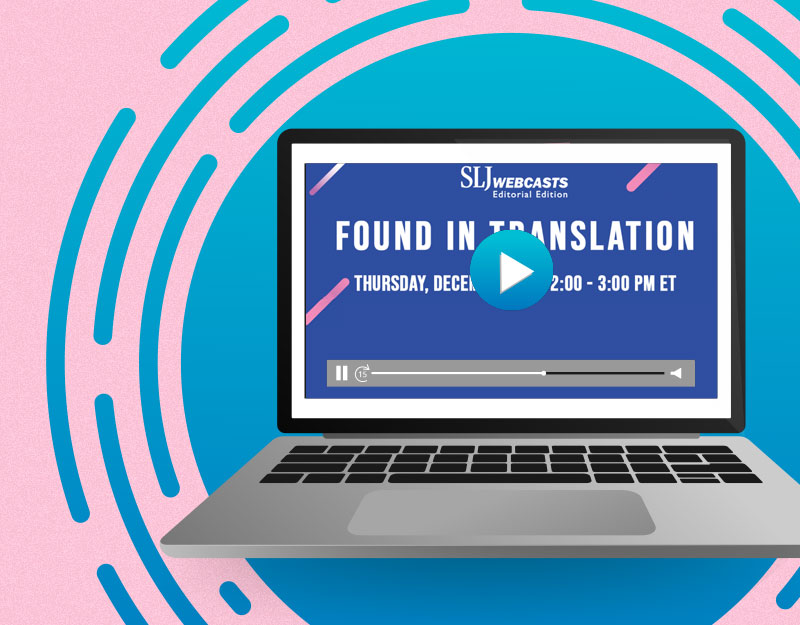
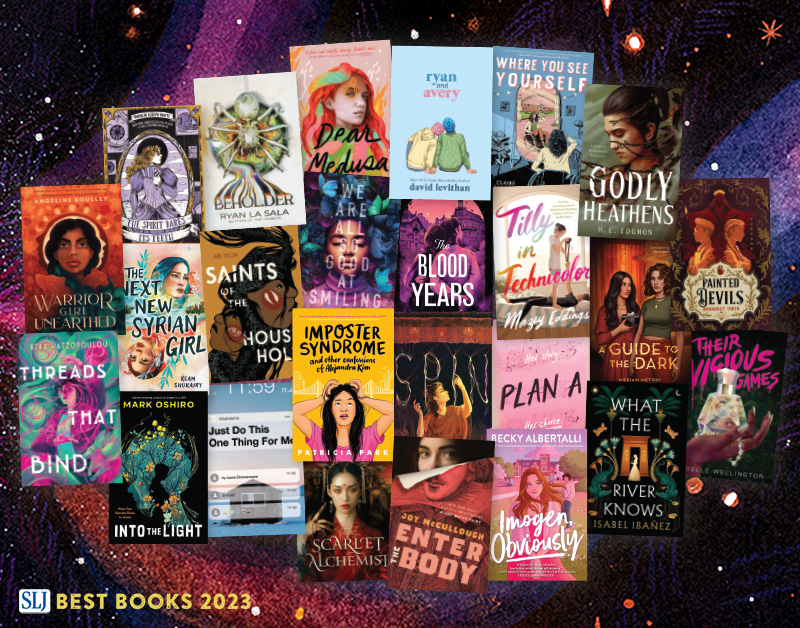
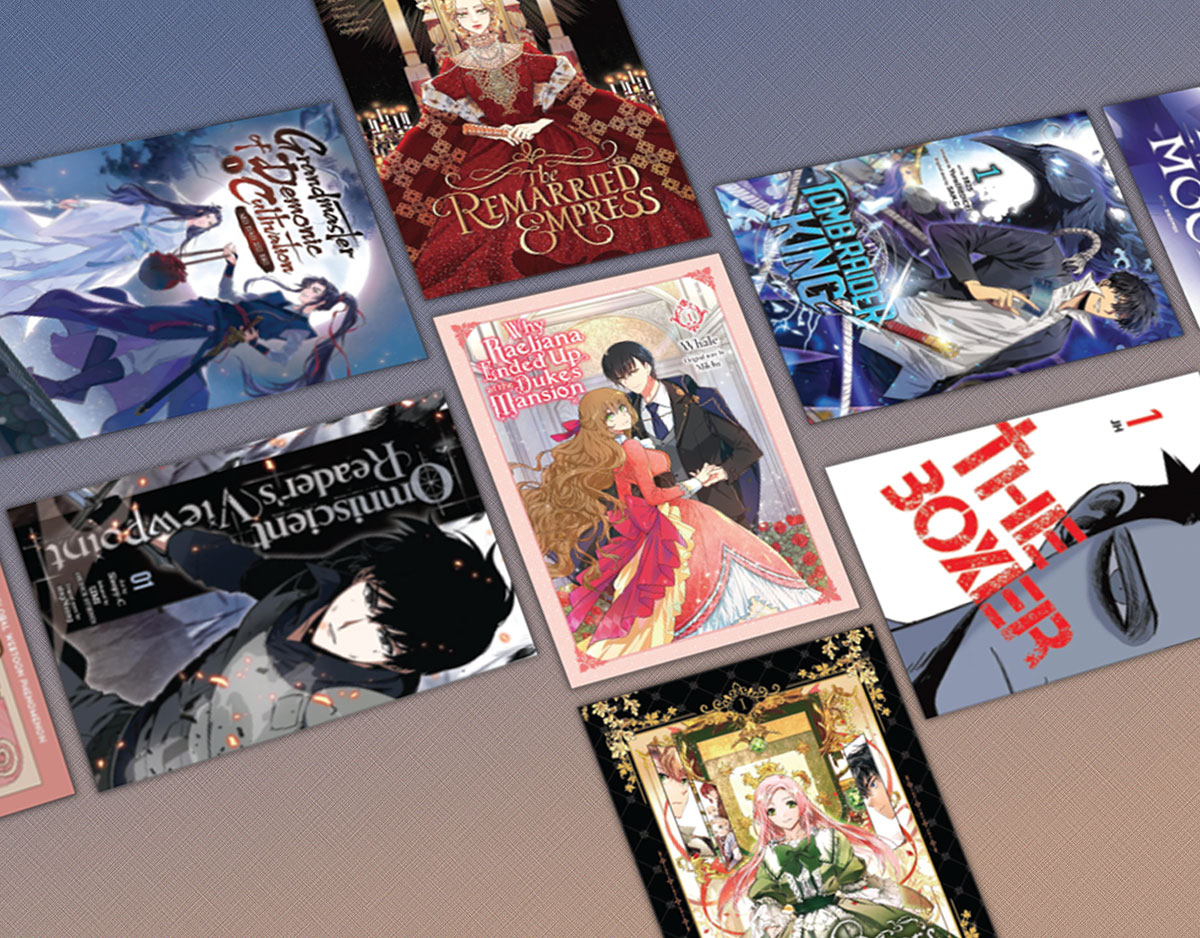
Looking forward to reading this one! Thanks for sharing!